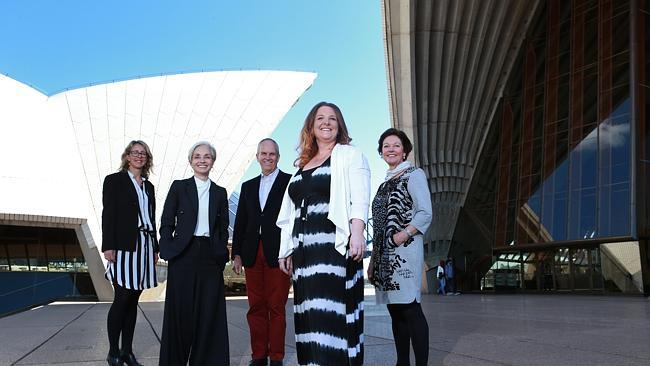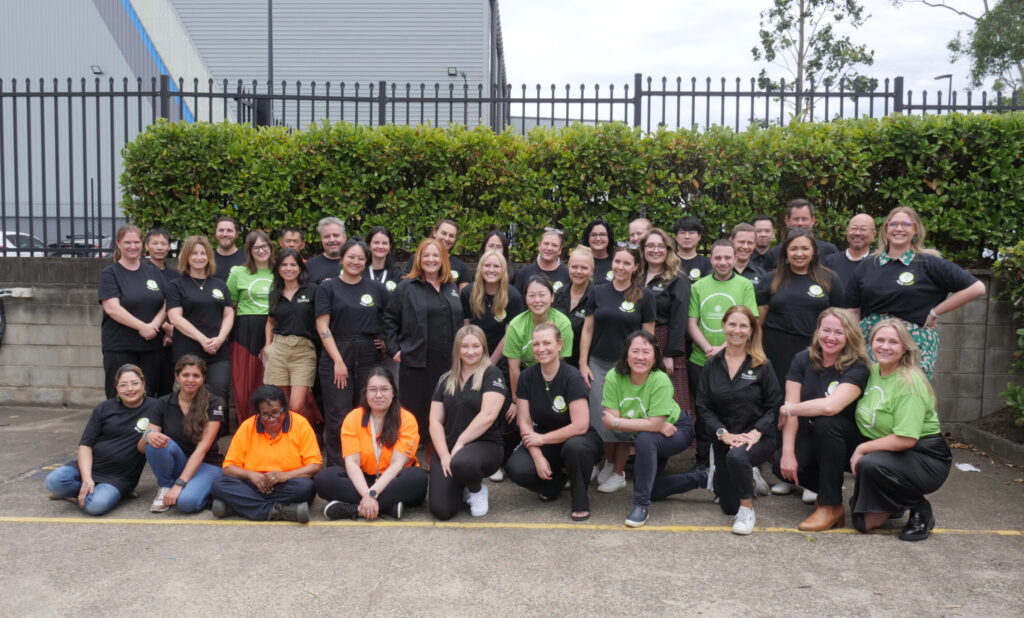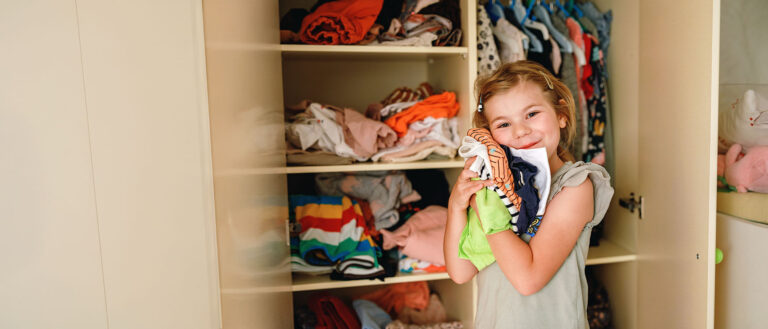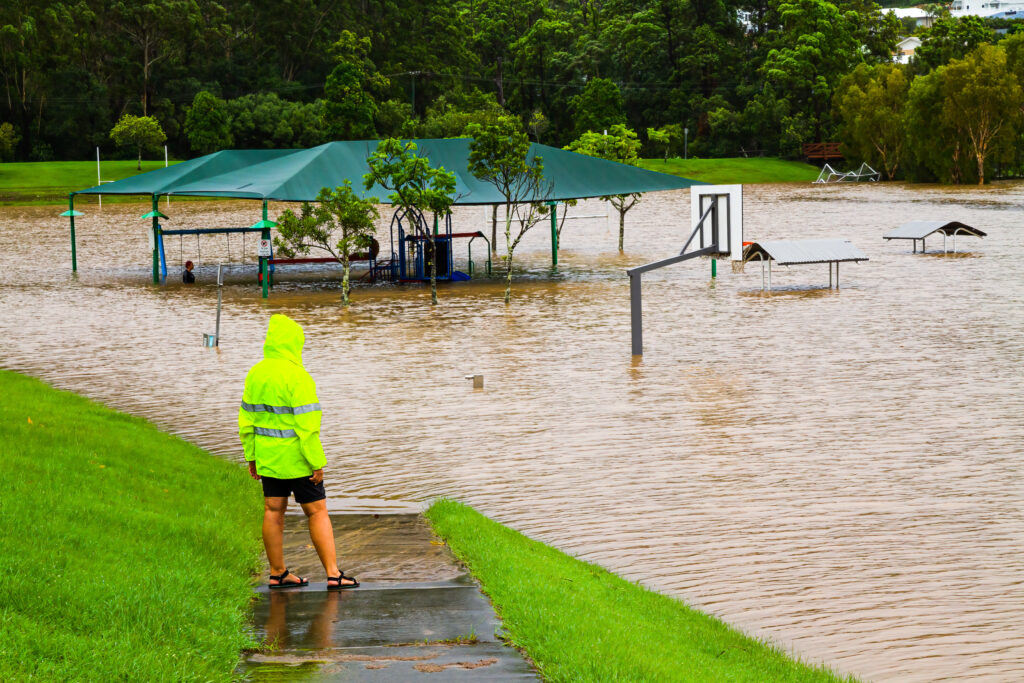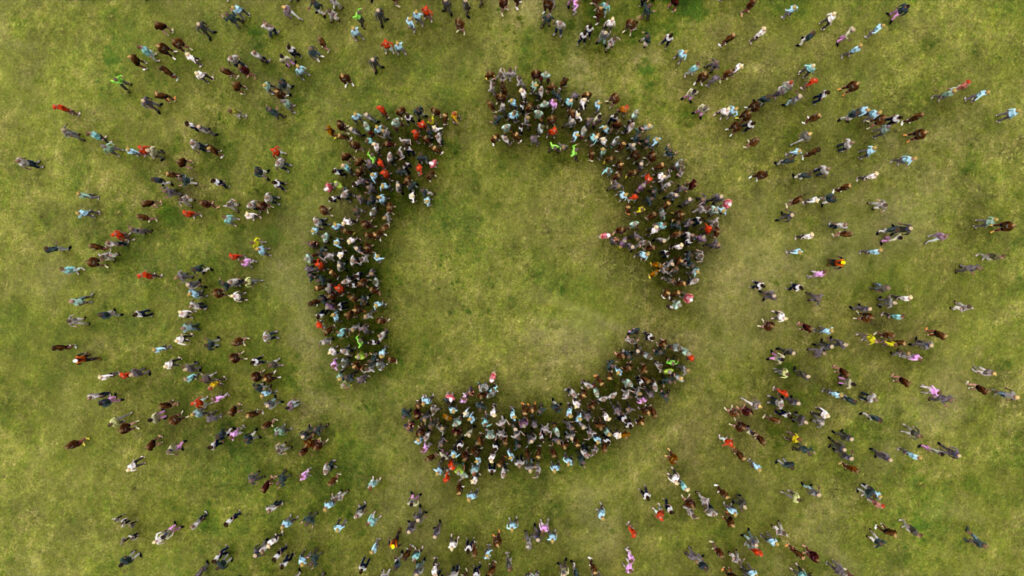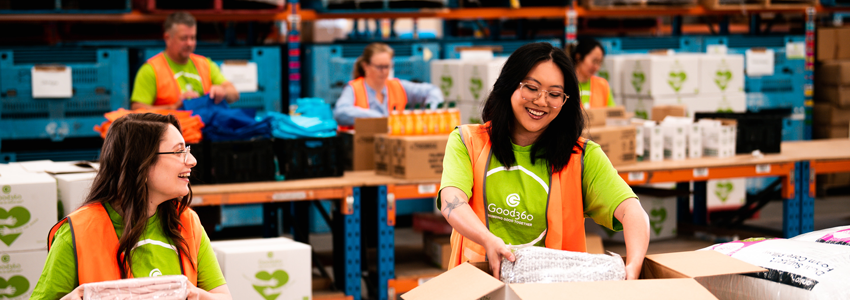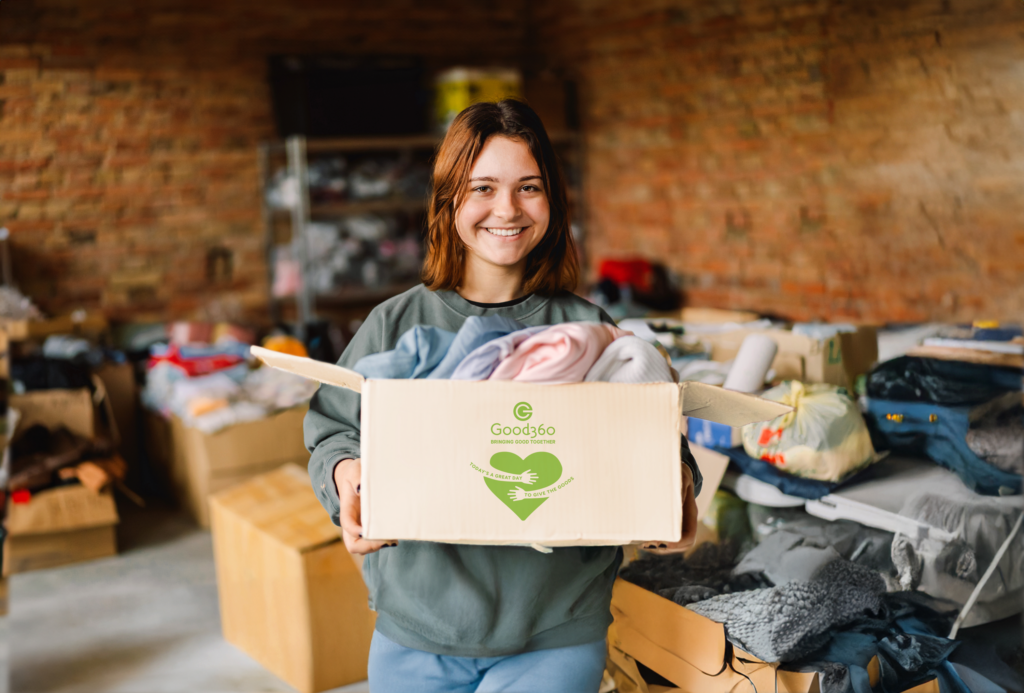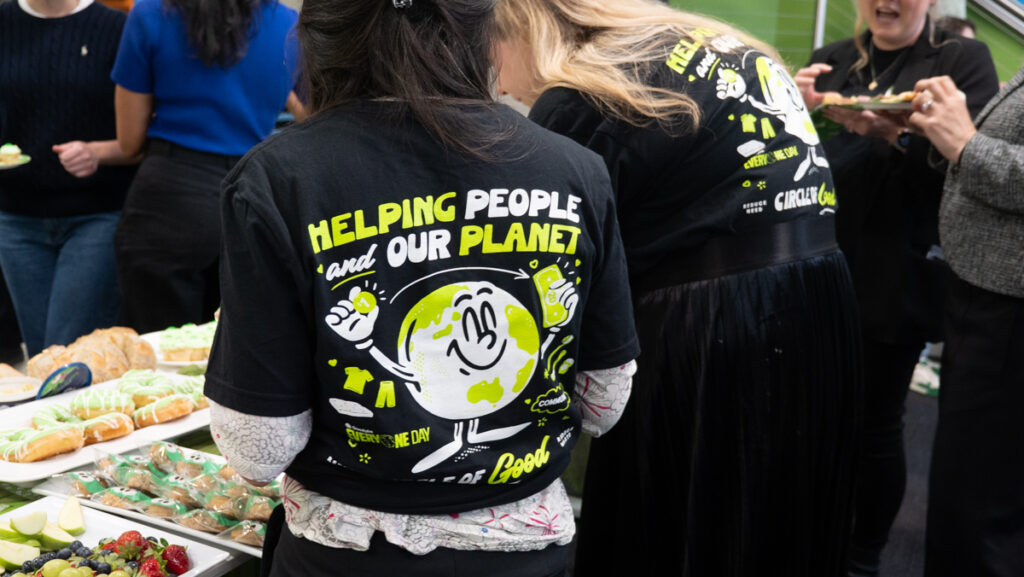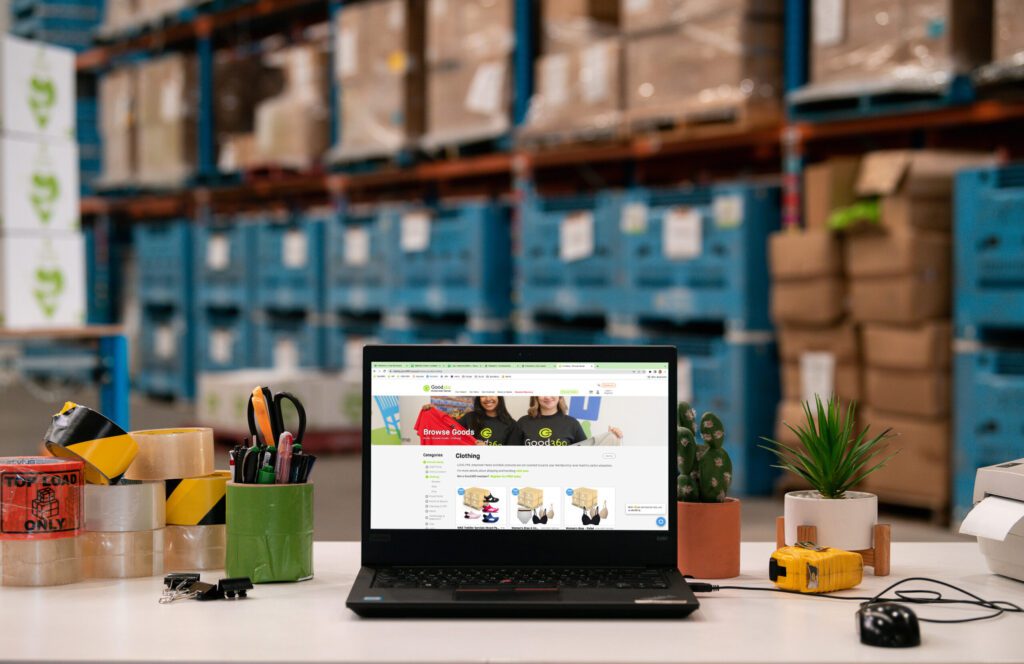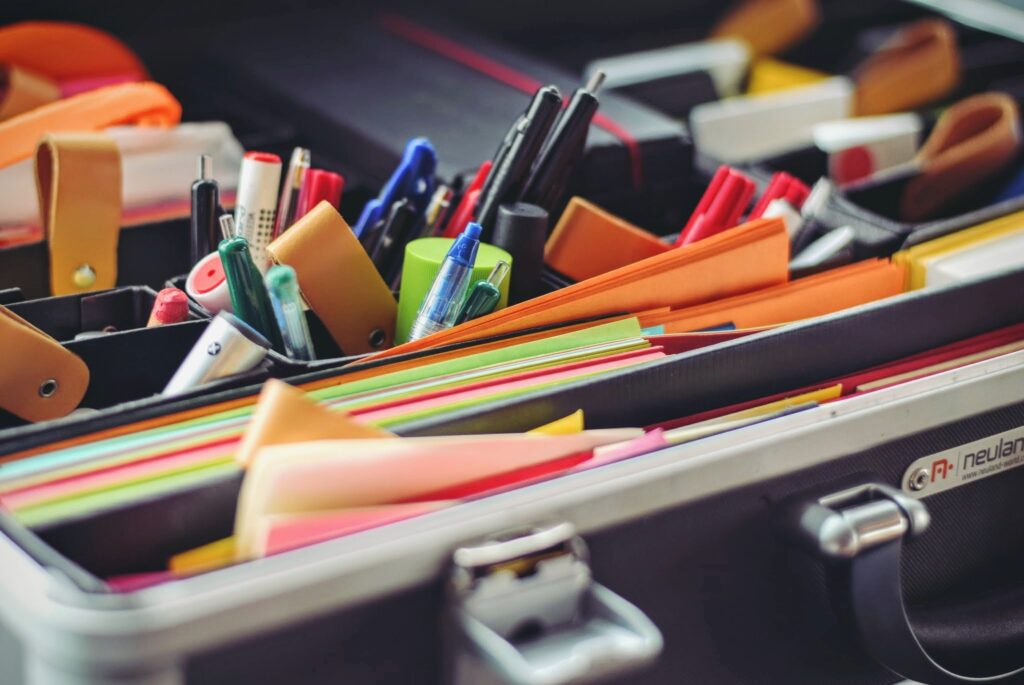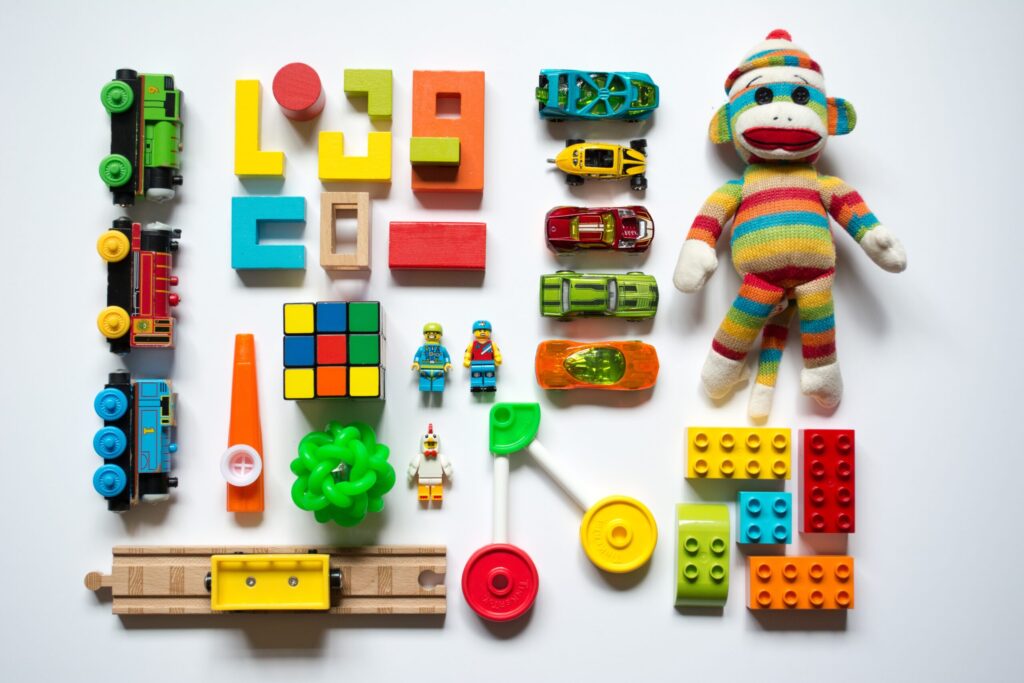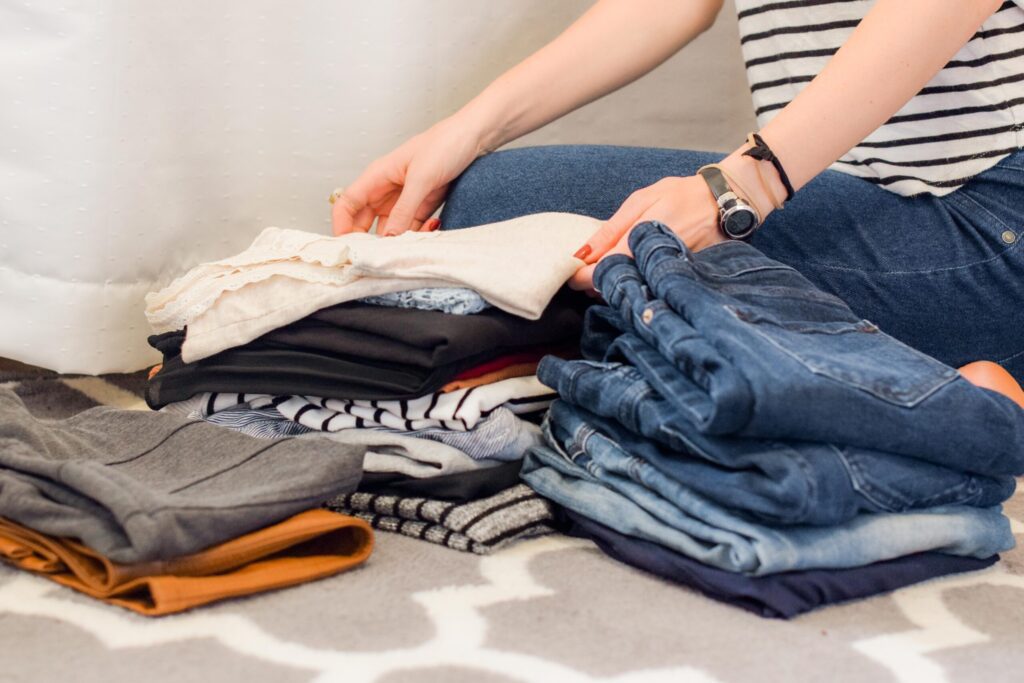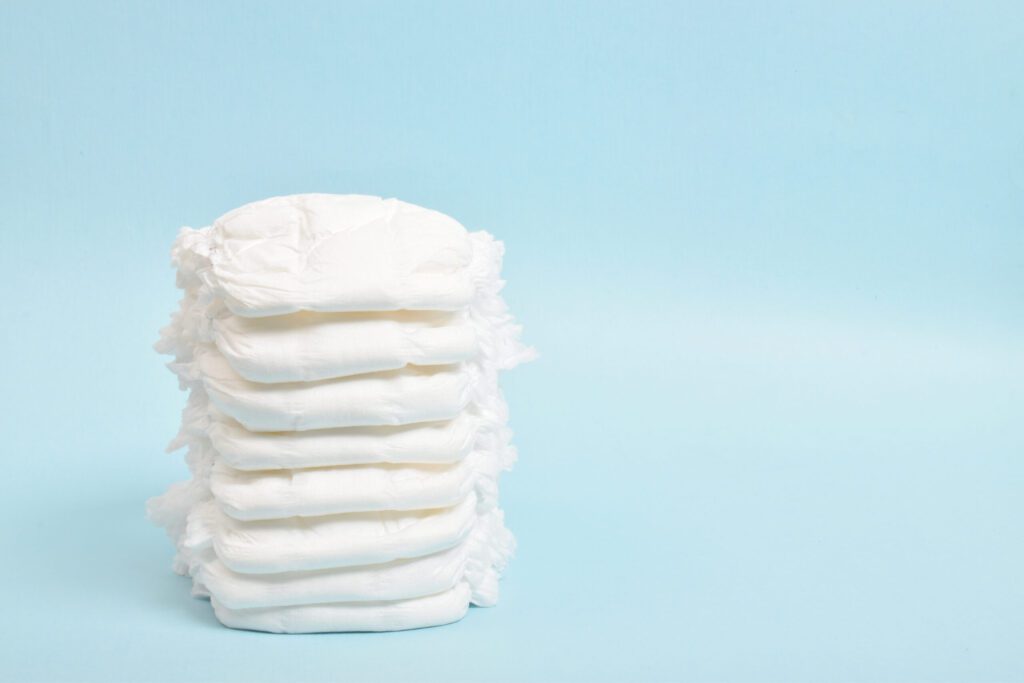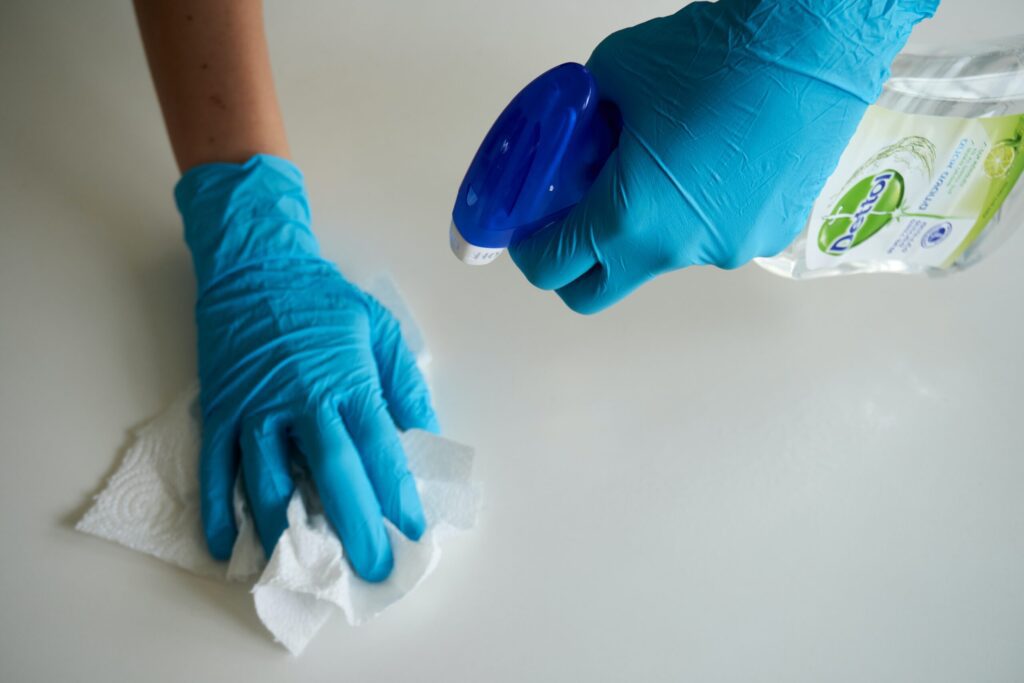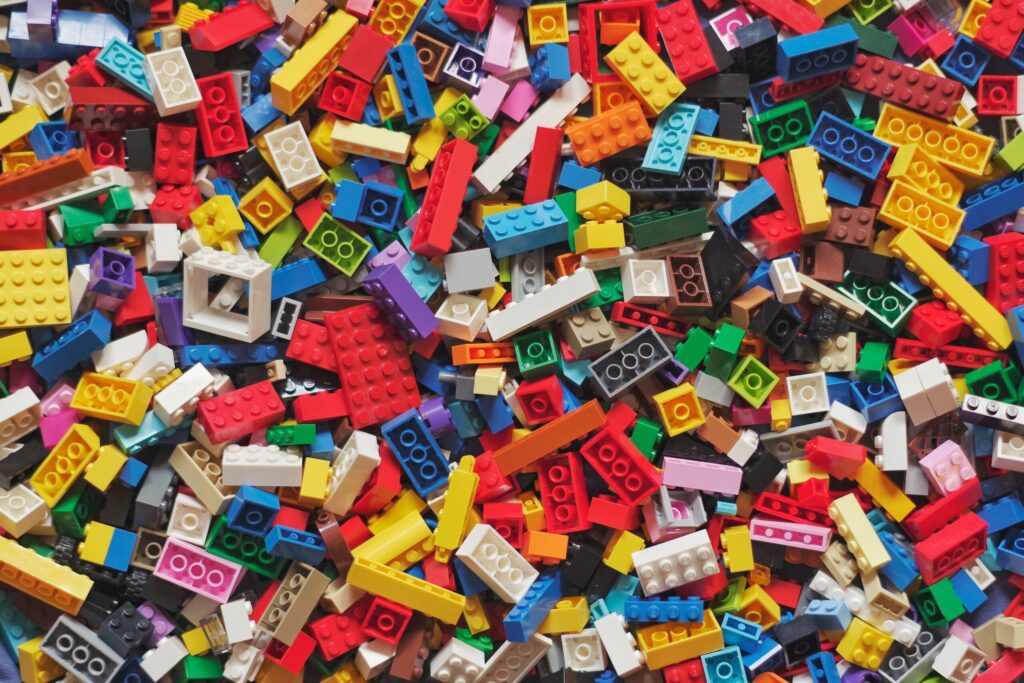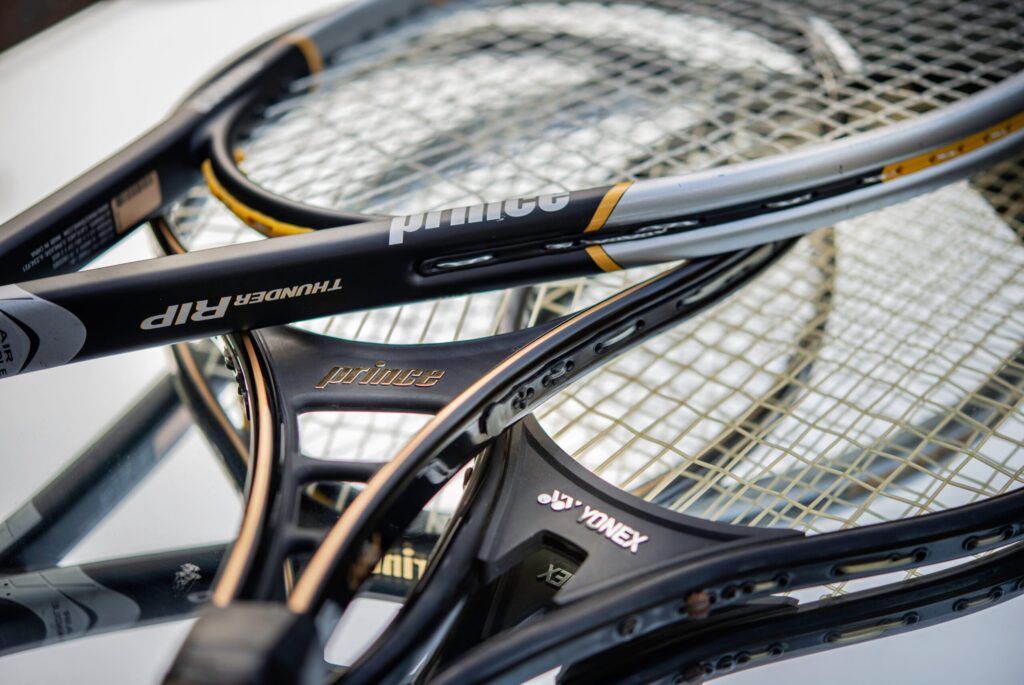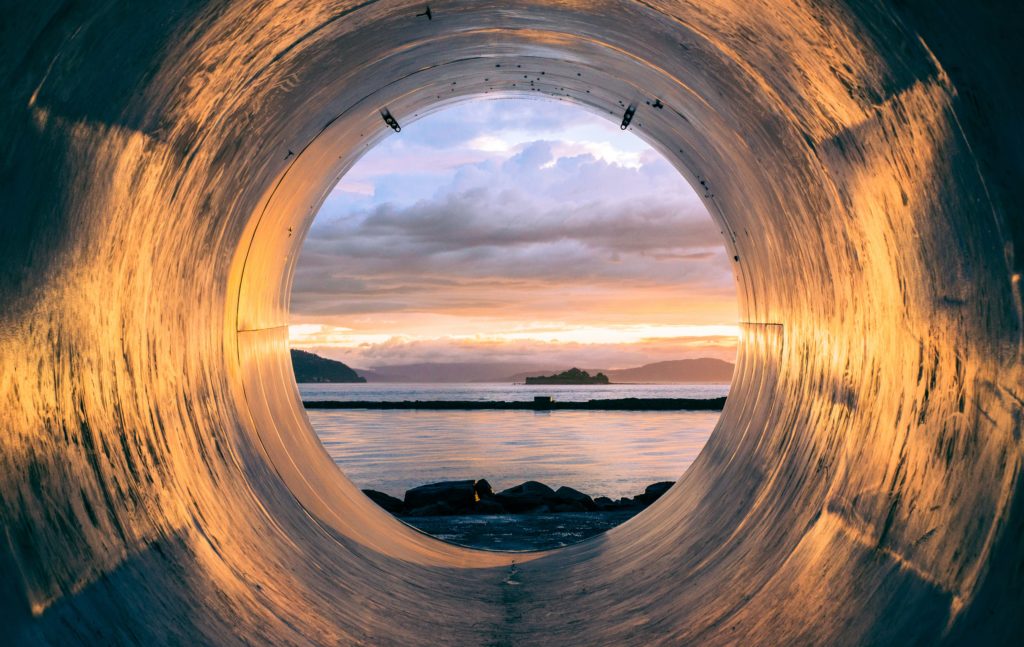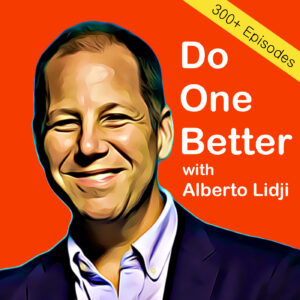What is the Circular Economy?
You may have heard the term ‘circular economy’, it’s often used in reference to recycling initiatives, or when talking about a products end of life. However, the circular economy is much larger than just recycling and encompasses the full lifecycle of a product. It starts with the design of an item, through to manufacturing, packaging, consumption and then the reuse or recycling of said product.
A circular economy is where the lifecycle of a product does not create a waste and the product can be infinitely reused without creating pre or post-consumer waste. A circular economy creates a virtual “circle” of use (hence the name), as opposed to a linear economy where items go in a straight line from design, along the process to the end where they eventually end up in landfill.
Let’s talk waste!
Waste is a bi-product of a human made goods or systems. In the natural world all things breakdown and are reused within the earths ecology, as energy, contributing to the natural ecosystem. In human design often the materials we use are unable to breakdown in a natural system and this results in waste. However, when you design with the circular economy in mind you can develop products or systems that don’t generate waste.
Waste can be broken down into two main groups pre-consumer and post-consumer waste:
Pre-consumer waste:
Pre-consumer waste is created before a product can be used by the consumer. This may be due to over ordering, manufacturing issues, products not selling as expected or waste created in the manufacturing process.
Post-consumer waste:
Post-consumer waste is waste from a product once it has been used or reached the end of its lifecycle. For example, a toaster that no longer works and can’t be repaired has reached the end of its lifecycle and is now considered waste, as it’s not fit for purpose.
How does Good360 fit within the circular economy?
Good360 was founded on the concept that in Australia there are brand new goods not being used, that can be redirected to help people in need. As an organisation we have grown, over the last seven years, to help over 3000 charities and disadvantaged schools get access to brand new products to help their communities. We work with all types of businesses big and small to help businesses tackle their pre-consumer waste. The size of this market in Australia has been quantified, by a recent Deloitte Access Economics Report, as being approximately $2.5 billion dollars per year. And it’s through this mechanism that Good360 is making a continued and growing contribution within the circular economy.
Our option for partners to donate their surplus goods, offers a solution to businesses that have brand new goods that are not being used as an alternative to those goods potentially ending up in landfill. Good360’s matching system allows these items to be connected to people in need across Australia. Helping people experiencing hardship, while also helping our planet by diverting goods away from the waste stream.
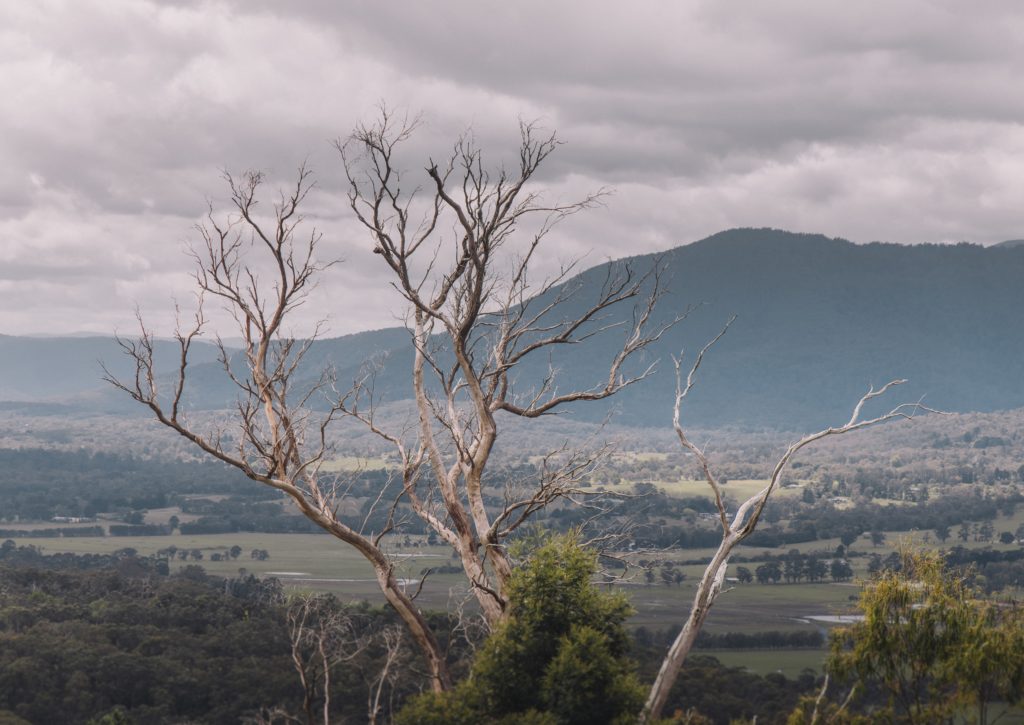
Types of donations
The current climate has resulted in businesses donating brand-new goods for three main reasons;
- Surplus donations: when a product donor has stock that is brand new, and they can no longer sell it or store it. This could be for a range of reasons, the product may be out of season, it may not have sold as expected, quantities may have been over ordered, they can no longer store the goods or the business may be closing down. These goods if not diverted can end up in the waste stream and that is where Good360 comes in to help ensure these brand new goods have a “first life”.
- Joyful giving: Is when a product donor provides brand new goods, that they would normally sell as part of their retail business, to Good360 to help people in need for seasonal celebrations (eg Christmas and Mother’s Day) ensuring everyone has a reason to smile.
- Purposeful donations: In challenging times (such as during disaster), specific goods may be requested by our members. Good360 works with our network of charities to understand the items needed by impacted communities and when they should be delivered. Once we have a detailed understanding of the need we work with our product donors to source these requested brand new items and coordinate the best timing for delivery.
To learn more about the impact Good360 is having you can read more about our impact, or hear first-hand from our recipients.
If you would like to support the work we are doing you can support Good360 by donating goods or donating money.

